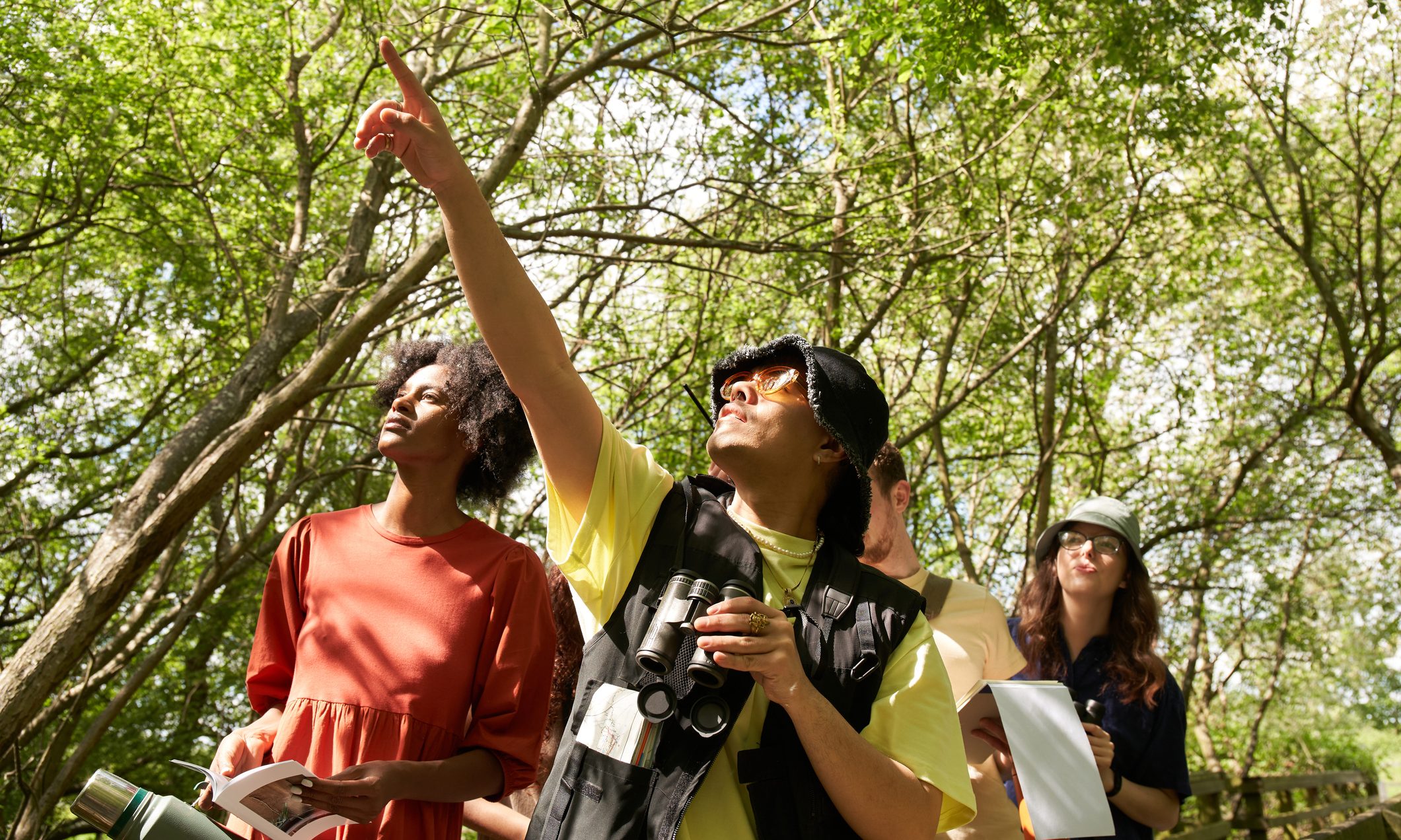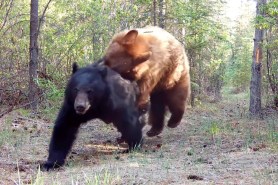

Many outdoor adventurers are reluctant birders. Climbing mountains, busting out miles and clocking vertical gain can all feel very glamorous. In contrast, squinting through a pair of binoculars can feel decidedly less so. That’s how we felt, too—until we heard about Cornell University’s massive global birding event.
Videos by Outdoors
The Great Backyard Bird Count may have a cute name, but that just belies how badass it really is. The event has a simple premise: identify as many birds as you can within a four-day span. It’s basically like Pokémon Go, but with real animals.
The event has now been going on for 26 years straight, and it’s gained a massive following. Last year, the Great Backyard Bird Count involved nearly 400,000 participants from 192 countries. That’s more people than the entire population of New Orleans. Together, this global team of birders counted more than 7,000 species, from bald eagles to endangered songbirds. (For context, there are only about 10,000 known species of birds on earth; spotting the majority of those in just four days is a major feat.)
The annual bird count helps scientists track the range, migration habits, and population health of thousands of bird species around the world. Because birds are an important marker of environmental health in a number of habitats, the results of the Great Backyard Bird Count can be considered an important metric for the health of the planet as a whole.

Want to be a part of the mission? Help top last year’s numbers by joining the 2023 Great Backyard Bird Count this weekend. Bird submissions open at midnight of February 17 and can be made via BirdCount.org, the Merlin Bird ID app, or e-bird, which is basically the Pokédex of birding. You can also submit your best bird photos directly to Great Backyard Bird Count for a chance at being featured.
While longer sessions usually yield more species, you can bird-watch for as few as 15 minutes to make a valuable contribution. So, if you’ve got some free time, consider joining the movement (we know we will be). And happy counting!









Not seeing as many birds as previous years, in 2022 we had only 16 inches of rain on our acres in Bandera County, Texas. But so far, we’re observing Ladderbacked Woodpeckers, Carolina Chickadees, Black-crested Titmice, Carolina Wrens, a Ruby-crowned Kinglet, several Eastern Bluebirds, dozens of Chipping Sparrows, a pair of Northern Cardinals, some American and some Lesser Goldfinches. Our Post Oak trees are bare at this time, and that gave advantage to an American Kestrel that got a bird, “on the fly,” leaving feathers on the ground. Will submit total numbers seen at one time during these four days, on Tuesday.